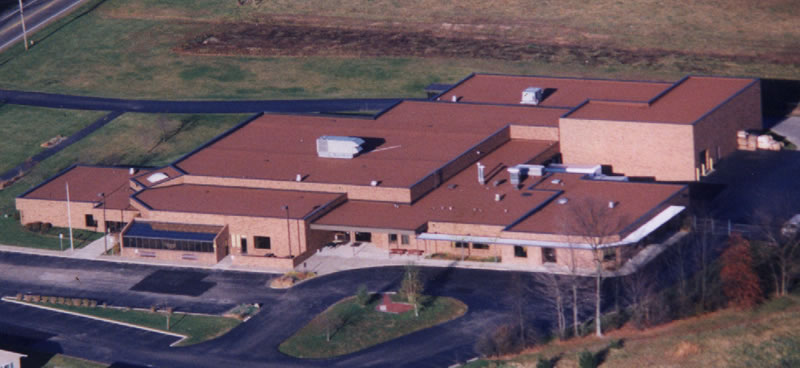Roof leaks can be such a nuisance. You’re lounging around your house and all of a sudden, you hear the telltale tip tap.
While
you can see roof leaks most of the times, it can be difficult to trace
the precise location. If you’re working with a small leak, it can be
pesky to find the spot.
You will have to inspect the roof to begin your investigation. If you’re uncomfortable doing that, call our residential roof repair technician to find and fix the roof leak. Here are the places you’re likely to find a leak:
1. Roof Shingles
If
your house’s roof is old, the leak can possibly be in the roof field.
This includes the expanse of slate, shingles, shakes etc. On an asphalt
shingle roof, you can easily walk around. If you have other roofing
materials, make sure you don’t end up cracking it.
Look
at the vertical knockouts for missing colored granules. Also, see if
you can find cracks. See if a nail or two has backed out of the roof
sheathing. Note everything and inform the roofer for repairs.
2. Valleys
It is the line where the two planes of the roof intersect. Valleys may be made of shingles, metal flashing or other material.
With
shingles, you need to trim them properly. Otherwise, water will travel
along the top of it to find its way in your house. If you are unable to
determine whether the shingles have been properly trimmed, ask our
expert roofers.
3. Head wall and wall step flashings
Metal
flashings when placed for roofs ending at a vertical wall, must extend
at least three inches over the shingles. Roofing cement or other such
material should never be used for this. If you see a cement patch, it is
probably there to hide a leak.
Step flashings may also show signs of rusting or holes. This indicates the presence of a leak.
4. Chimneys
Does your house sport a chimney? They can be a source of several leaks…
Chimneys have four different types of flashings. If any of these fail, you will have a roof leak to deal with!
Hairline
cracks above the flashings allow huge amounts of water to run behind
them. Search for soldered corners that might be broken or have holes.
Don’t use caulk; call up our roofer to find a permanent solution for
this problem.
5. Ice dam leaks
These
leaks can happen even if your roof is technically fine! Ice dams
created on the roof can block water drainage. This water will start to
back up under shingles, flashings and other roofing material.
You can choose to get a preventative membrane installed. This will avoid the water to pool up and your roof will not leak.
Are you tired of the roof leaks? Then let our Barberton roofing contractors know; they’ll come right away and fix it for you!














